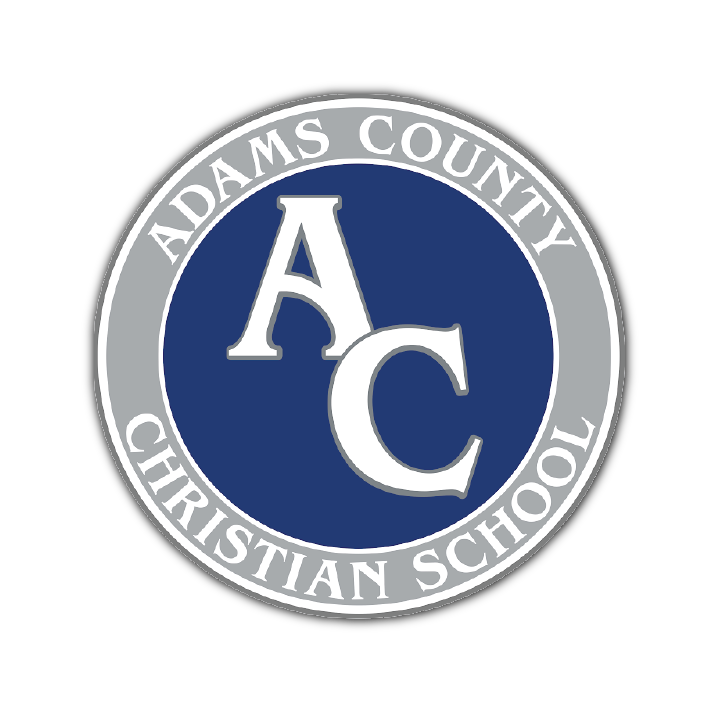NBA teams at Disney had tough travel-party decisions to make
Published 3:23 am Saturday, July 11, 2020
|
Getting your Trinity Audio player ready...
|
The 22 teams participating in the NBA restart were all at the Disney campus together for the first time Friday.
None of them, however, made it to the Orlando, Florida area with their usual travel party.
Leaving families behind for several weeks — or maybe even three months, depending on how deep a team goes in the playoffs — during a pandemic isn’t the only hardship that teams are dealing with during this restart. Space limitations within the quasi-bubble at Disney also meant that teams had to cut their official traveling parties down to 37 personnel, including players, so many people who usually travel with a club aren’t on this trip.
“We’re not able to take everybody — and that stinks, because of the amount of work that they all put in every single day,” Boston coach Brad Stevens said. “We’ve tried to identify how to be the most efficient we can be with people that can be excellent remotely as well. I think that that’s one of the things that we’ve had to identify. In some cases, their excellence remotely probably hurt their chances of going initially.”
It’s expected that as the bubble population shrinks after six teams are eliminated from playoff contention and then eight more are ousted in the first postseason round, teams will be allowed to bring in more staff.
But until then, while teams are playing games on-site at Disney, there will be plenty of work done back in home markets and home arenas as well. Some teams left player development coaches behind, some even left assistant coaches, and all teams traveled with only one media relations staffer and one equipment manager. In normal circumstances, some teams travel with as many as three people to handle media requirements and two for equipment.
“You know, it’s tough,” Orlando President of Basketball Operations Jeff Weltman said. “We kind of shied away from some of the language that was being thrown around — the whole idea of essential (staff) and non-essential (staff). It’s not about that. This is a very narrowly defined circumstance, and it requires certain skill sets to address this circumstance.”
Players counted against the list of 37, and most teams brought the full complement of 17 players. That left 20 spots for coaches, assistant coaches, player development, video, security, strength and conditioning, athletic training, media relations and content creators.
Miami coach Erik Spoelstra said the process of figuring out who goes and who doesn’t was brutal.
“We already have had a model of everybody sharing responsibilities,” Spoelstra said. “We already had a meeting about this where there’s an absolute understanding that this is an ‘all hands on deck’ situation. And that means bags, laundry, cleanup, everything … that’s not just for equipment managers, that’s everybody — coaches, trainers, weight room staff, head coach, coaches, we’re all going to be involved in every aspect of it.”
Oklahoma City coach Billy Donovan also expressed disappointment that tough decisions had to be made on the staffing end.
He completely understands the NBA perspective. Keeping the number of people in the bubble manageable is a key part of the NBA’s plan for being able to finish the season; the more people in the bubble, the more risk there is of something going wrong.
“Everybody deserves the opportunity, but for the safety of the league and the players we can’t do that,” Donovan said. “So, what we’ve got to do is understand, whether it’s myself or assistant coaches, we may have to be setting up video equipment, we may have to have one of our coaches filming practice in Orlando. There’s things that we’re going to have to do that are going to be outside the box that will normally been taken care of.”





